Financial derivatives, often perceived as the high-stakes playground of Wall Street quants, are in reality indispensable tools for managing risk, speculating on price movements, and unlocking liquidity across global markets. From farmers hedging crop prices to multinational corporations mitigating currency volatility, derivatives like futures and options form the backbone of modern finance. Yet their complexity and potential for misuse—epitomized by disasters like the 2008 crisis or the 2021 Archegos meltdown—have shrouded them in controversy. Beyond the jargon and mathematical models, however, lies a pragmatic world where derivatives empower businesses to navigate uncertainty. This article demystifies their practical applications, tracing the journey from foundational futures hedging to sophisticated options strategies, all while underscoring the fine line between risk management and recklessness.
Futures 101: The Bedrock of Price Certainty
At its core, a futures contract is a promise—an agreement to buy or sell an asset at a predetermined price and date. For commodity producers, this simplicity is transformative. Consider a soybean farmer in Iowa: by selling futures contracts ahead of harvest, they lock in a price, insulating against a potential glut-driven price crash. Similarly, airlines use oil futures to stabilize fuel costs, a practice that saved many during the 2022 energy spike. Yet futures aren’t just for hedging. Speculators provide liquidity, absorbing risk producers offload. The Chicago Mercantile Exchange (CME), where billions in futures trade daily, thrives on this symbiosis. However, the leverage inherent in futures cuts both ways. A 5% margin requirement means a 20x exposure to price swings—a boon during favorable moves but catastrophic if markets reverse. The 2020 negative oil prices, when WTI futures plunged to -$40, revealed how extreme volatility can turn routine hedging into a existential threat.
Options: Flexibility at a Premium
Options add nuance to the derivative toolkit by granting the right, but not the obligation, to buy (call) or sell (put) an asset. This optionality comes at a cost—the premium—which varies with volatility, time, and strike price. For corporations, options offer tailored risk solutions. A U.S. exporter fearing euro depreciation might buy put options on EUR/USD, ensuring a minimum exchange rate while retaining upside if the euro strengthens. Conversely, fund managers use call options to gain leveraged exposure to stock rallies without outright purchases. The 2021 GameStop frenzy showcased retail traders’ embrace of options, with call buying amplifying the stock’s meteoric rise. Yet options’ complexity demands discipline. Selling (“writing”) options, while lucrative in calm markets, exposes sellers to unlimited risk—a lesson learned by institutions burned during the 1987 Black Monday crash, when put writers faced massive payouts as markets cratered.
Straddles, Strangles, and Synthetics: Crafting Market Views
Sophisticated traders combine options into strategies that profit from specific market behaviors. A long straddle—buying a call and put at the same strike—bets on volatility, thriving whether prices surge or crash. Pharmaceutical firms often deploy straddles ahead of FDA drug approvals, where binary outcomes dictate stock moves. A strangle, using out-of-the-money options, reduces premium costs but requires sharper price swings. Meanwhile, synthetic positions replicate other assets using options: a synthetic long stock (long call + short put) mimics stock ownership with less capital. During the 2020 Tesla rally, synthetics allowed retail traders to amplify gains without margin constraints. These strategies, however, hinge on precise timing and volatility forecasts—a miscalculation can turn profits to ashes, as seen during the 2018 “Volmageddon,” when short volatility ETFs collapsed amid sudden market turbulence.
The Dark Side: Leverage, Liquidity, and Blowups
For every prudent hedger, there’s a cautionary tale of derivatives gone rogue. Archegos Capital’s 2021 implosion, fueled by total return swaps (a derivative providing synthetic stock exposure), saw $20 billion in losses after concentrated bets on ViacomCBS and Chinese tech stocks collapsed. The episode exposed how off-exchange derivatives can hide systemic risk. Similarly, the 1994 collapse of Orange County, California, stemmed from leveraged interest rate bets using inverse floaters—a derivative that magnified losses when rates rose. Even hedging can backfire if correlations break down. During the 2008 crisis, supposedly “uncorrelated” mortgage derivatives collapsed in unison, rendering diversification myths obsolete. These blowups underscore a truth: derivatives don’t eliminate risk; they transform it, often in ways their users only grasp too late.
The Role of Clearinghouses: Mitigating Counterparty Risk
Post-2008 reforms mandated central clearing for standardized derivatives, shifting counterparty risk to clearinghouses like the CME or LCH. By requiring margin collateral and mutualizing losses, these entities aim to prevent a repeat of AIG’s near-fatal derivatives meltdown. For traders, clearing reduces bilateral risk but increases costs—initial and variation margin demands can tie up capital. Over-the-counter (OTC) derivatives, still prevalent in bespoke contracts like interest rate swaps, remain a blind spot, with $600+ trillion notional value posing latent systemic threats. The 2022 UK gilt crisis, where liability-driven investment (LDI) funds’ OTC derivatives nearly toppled pension systems, highlighted the fragility lingering in un-cleared markets.
Retail Revolution: Democratization or Danger?
The rise of commission-free trading apps like Robinhood has democratized derivatives, with retail options volume doubling since 2019. While empowering, this trend raises alarms. Novice traders often misunderstand assignment risk (being forced to buy/sell shares), pin risk (options expiring near the strike price), or the Greeks (delta, gamma, etc.). The SEC’s 2022 probe into “payment for order flow” revealed how brokers profit from routing options trades to market makers, creating conflicts of interest. Meme stock mania further distorted markets, as retail call buying forced institutional shorts to cover, fueling parabolic rallies. Educators now push for mandatory options literacy, arguing that uninformed speculation risks another generation of investor casualties.
Quantitative Tools: Black-Scholes and Beyond
Pricing derivatives relies on models blending math and market intuition. The Black-Scholes formula, developed in 1973, revolutionized options trading by quantifying premiums based on volatility, time, and interest rates. Yet its assumptions—continuous trading, log-normal prices—fail in crises. The 1987 crash’s 20% single-day drop, a statistical impossibility under Black-Scholes, birthed “volatility smile” adjustments. Today, quants use stochastic volatility models (e.g., Heston) and machine learning to capture real-world complexities. High-frequency traders exploit millisecond pricing discrepancies, with firms like Citadel Securities dominating derivatives market-making. However, model risk persists: Long-Term Capital Management’s 1998 collapse proved that even Nobel-winning models can’t outsmart market irrationality.
Regulatory Tightropes: Balancing Innovation and Stability
Derivatives regulation remains a global patchwork. The U.S. Dodd-Frank Act and EU’s EMIR introduced reporting mandates and clearing requirements, yet jurisdictional arbitrage flourishes. Crypto derivatives, largely unregulated, saw platforms like FTX offer 100x leveraged Bitcoin contracts before their fraudulent implosion. Meanwhile, ESG derivatives—such as carbon credit futures—are emerging to price climate risk, but inconsistent standards invite greenwashing. Regulators face a dilemma: stifling innovation versus curbing excess. The 2023 Basel III endgame proposals, which hike capital charges on bank-held derivatives, may push more activity into the shadow banking realm, repeating past mistakes.
The Future: AI, DeFi, and Beyond
Artificial intelligence is poised to reshape derivatives trading. Hedge funds like Renaissance Technologies deploy machine learning to predict volatility patterns, while AI-driven “smart” derivatives could auto-adjust terms based on real-time data. Decentralized finance (DeFi) platforms, such as Synthetix, enable synthetic asset trading via blockchain, bypassing traditional intermediaries. Yet DeFi’s $50 billion hacks since 2020 highlight smart contract vulnerabilities. Central bank digital currencies (CBDCs) may also disrupt derivatives by enabling programmable money—imagine a futures contract that self-executes upon IoT sensor data (e.g., oil tank levels). These innovations promise efficiency but demand new safeguards against algorithmic flash crashes and code exploits.
Financial derivatives, like fire, are a force of immense utility and peril. They enable farmers to sleep soundly before harvest, corporations to globalize confidently, and societies to price once-unquantifiable risks like carbon emissions. Yet in untrained hands or unregulated corners, they amplify greed, obscure risk, and threaten stability. The key lies in education, transparency, and humility—recognizing that no model can tame market chaos, no strategy can outwit black swans. For practitioners, this means respecting leverage, stress-testing assumptions, and remembering that every hedge has its cost. For regulators, it demands agility in overseeing an ever-evolving toolkit. And for society, it requires understanding that derivatives aren’t inherently good or evil—they mirror the intentions of those who wield them. In the end, mastery of derivatives isn’t about predicting the future, but about preparing for its many possibilities, one carefully structured contract at a time.

By Noah Bell/Mar 30, 2025
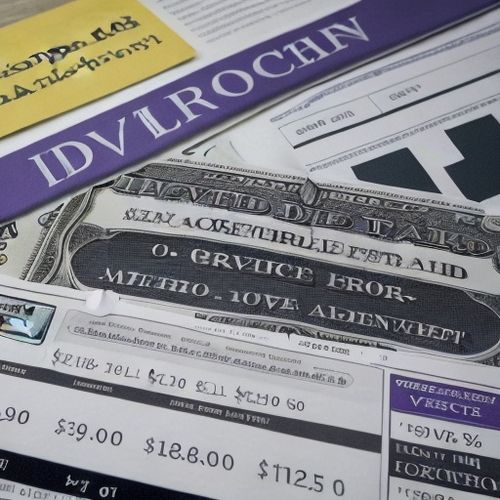
By Christopher Harris/Mar 30, 2025

By Benjamin Evans/Mar 30, 2025

By Victoria Gonzalez/Mar 30, 2025

By Daniel Scott/Mar 30, 2025

By Ryan Martin/Mar 30, 2025
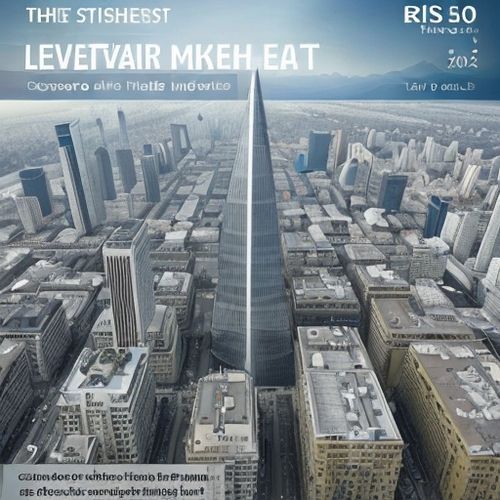
By Sarah Davis/Mar 30, 2025

By Samuel Cooper/Mar 30, 2025

By Jessica Lee/Mar 30, 2025

By Jessica Lee/Mar 30, 2025

By Christopher Harris/Mar 30, 2025
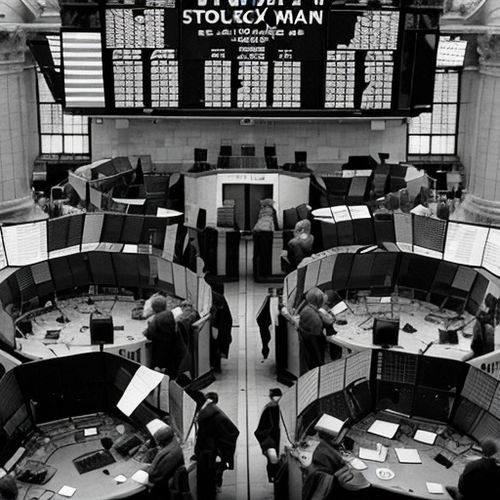
By John Smith/Mar 30, 2025

By Ryan Martin/Mar 30, 2025
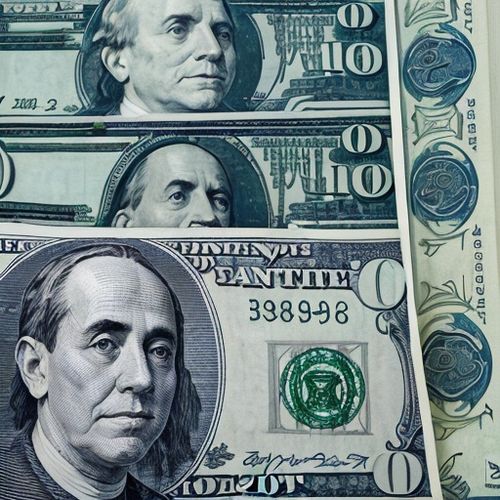
By Amanda Phillips/Mar 30, 2025

By Eric Ward/Mar 30, 2025

By Emily Johnson/Mar 30, 2025
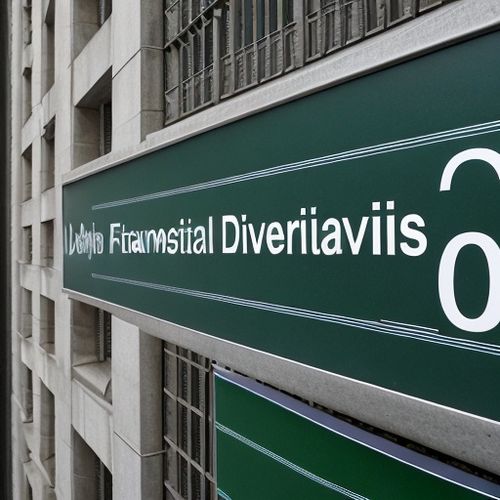
By Amanda Phillips/Mar 30, 2025